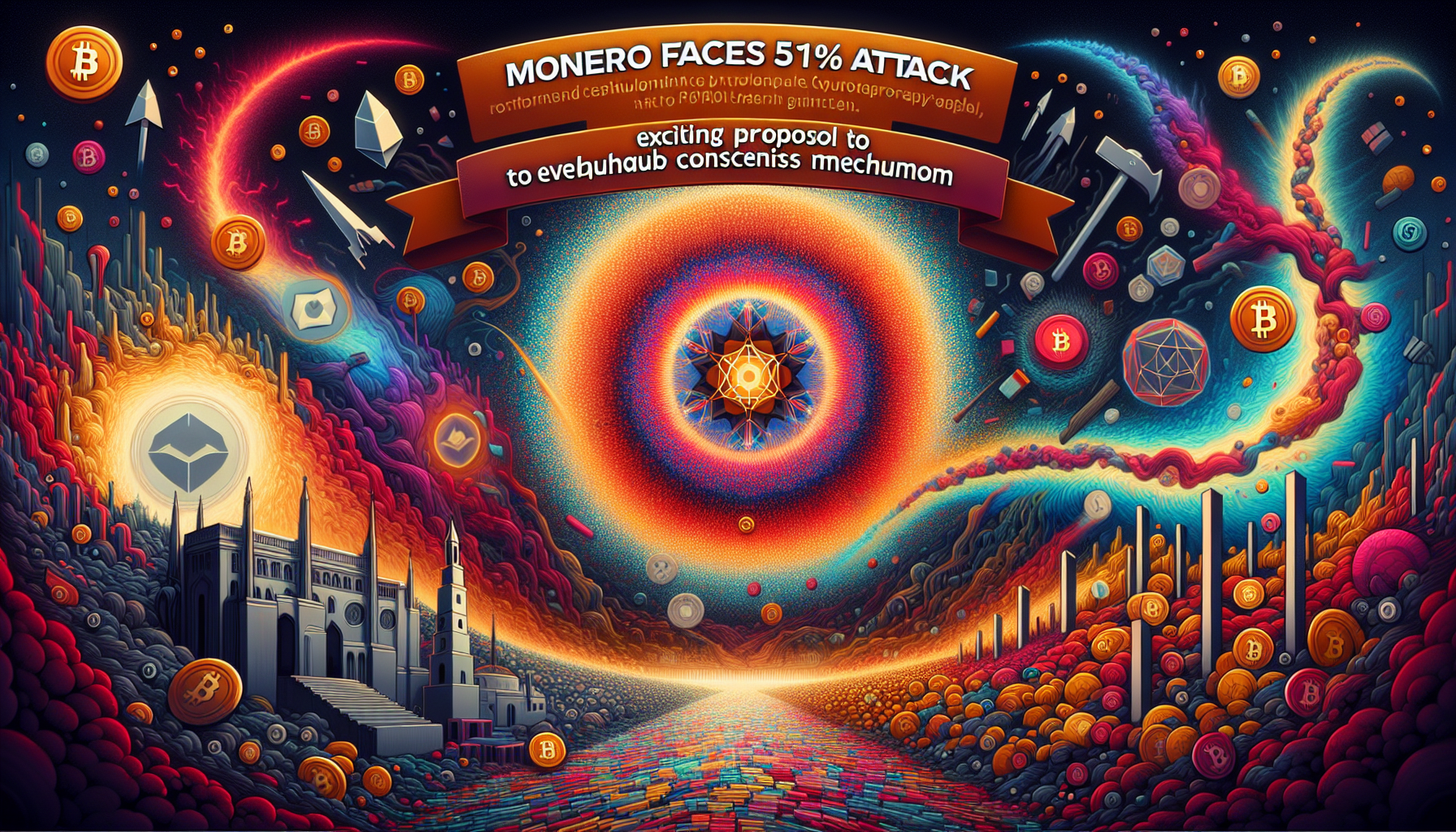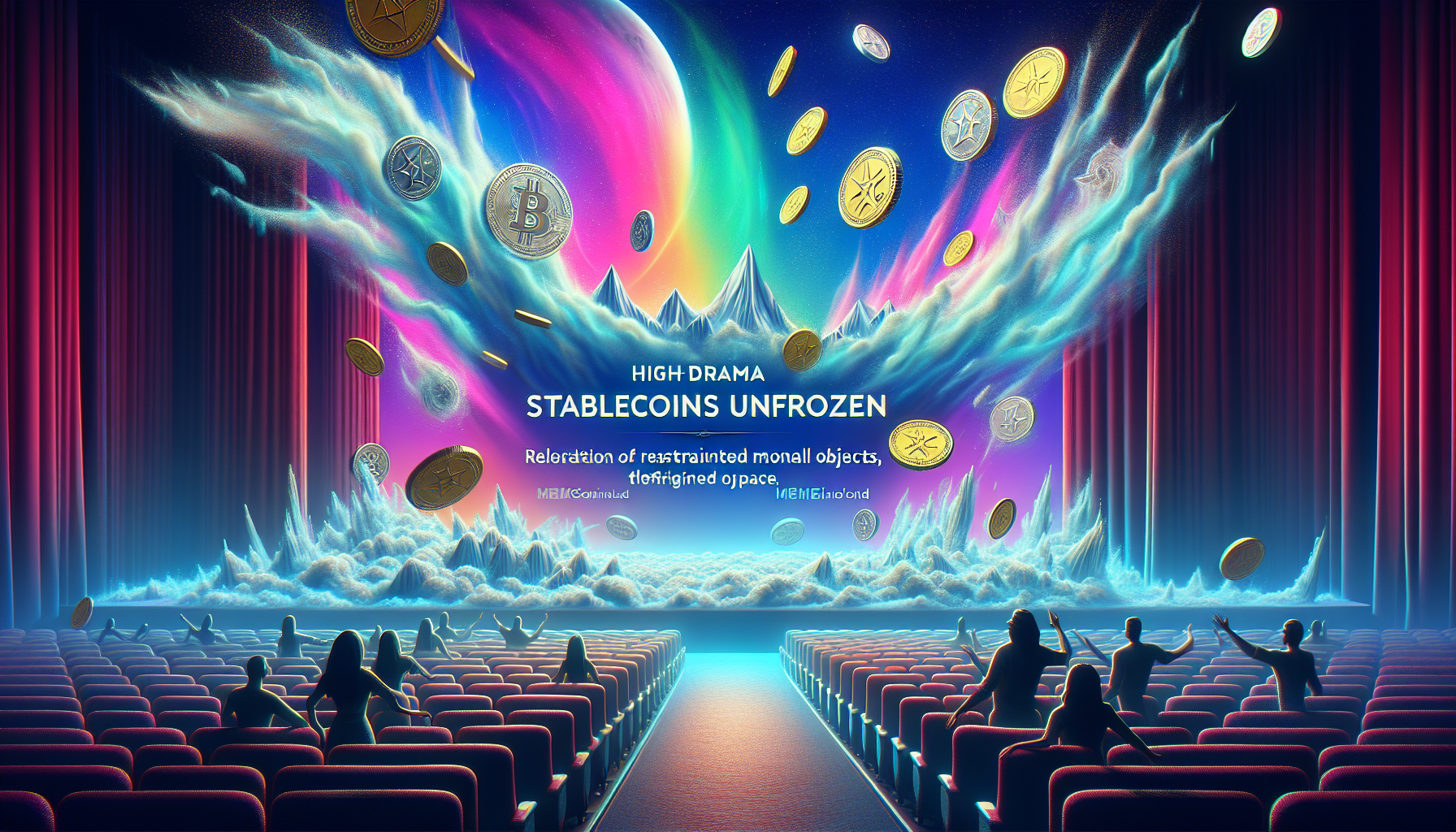 Brian Armstrong and Tyler Winklevoss are making waves in the crypto world with a bold declaration: Bitcoin is the undeniable successor to gold. This isn’t just a whisper among enthusiasts; it’s a rallying cry for Bitcoin to be recognized as a US reserve asset.
Brian Armstrong and Tyler Winklevoss are making waves in the crypto world with a bold declaration: Bitcoin is the undeniable successor to gold. This isn’t just a whisper among enthusiasts; it’s a rallying cry for Bitcoin to be recognized as a US reserve asset.
Why Bitcoin, you ask? Armstrong and Winklevoss argue that Bitcoin’s decentralized nature, scarcity, and growing adoption make it the perfect candidate to take on the mantle of gold. In a world where digital assets are becoming the norm, Bitcoin stands out as the king of crypto, ready to revolutionize how nations think about reserves.
The duo highlights Bitcoin’s resilience and its ability to store value over time. Unlike traditional currencies, which can be printed at will, Bitcoin’s supply is capped at 21 million coins. This scarcity is what makes it so valuable and why Armstrong and Winklevoss believe it should be part of the US’s financial strategy.
But that’s not all. Bitcoin’s transparency and security are unmatched. Every transaction is recorded on a public ledger, ensuring accountability and reducing the risk of fraud. This level of trust is something gold can’t offer in the digital age.
As the world shifts towards digital currencies, the US must adapt or risk being left behind. Embracing Bitcoin as a reserve asset could position the nation as a leader in the financial revolution. Armstrong and Winklevoss are not just talking about potential; they’re pointing to a future where Bitcoin is at the heart of global finance.
So, what’s next for Bitcoin? If Armstrong and Winklevoss have their way, it could soon be sitting alongside gold in the US’s treasure chest. The crypto community is buzzing with excitement, and all eyes are on how this bold vision might unfold.
In conclusion, Bitcoin isn’t just a digital currency; it’s a movement. With champions like Armstrong and Winklevoss leading the charge, its place as a successor to gold seems more certain than ever. The question now is whether the US will seize this opportunity to embrace the future of finance.




